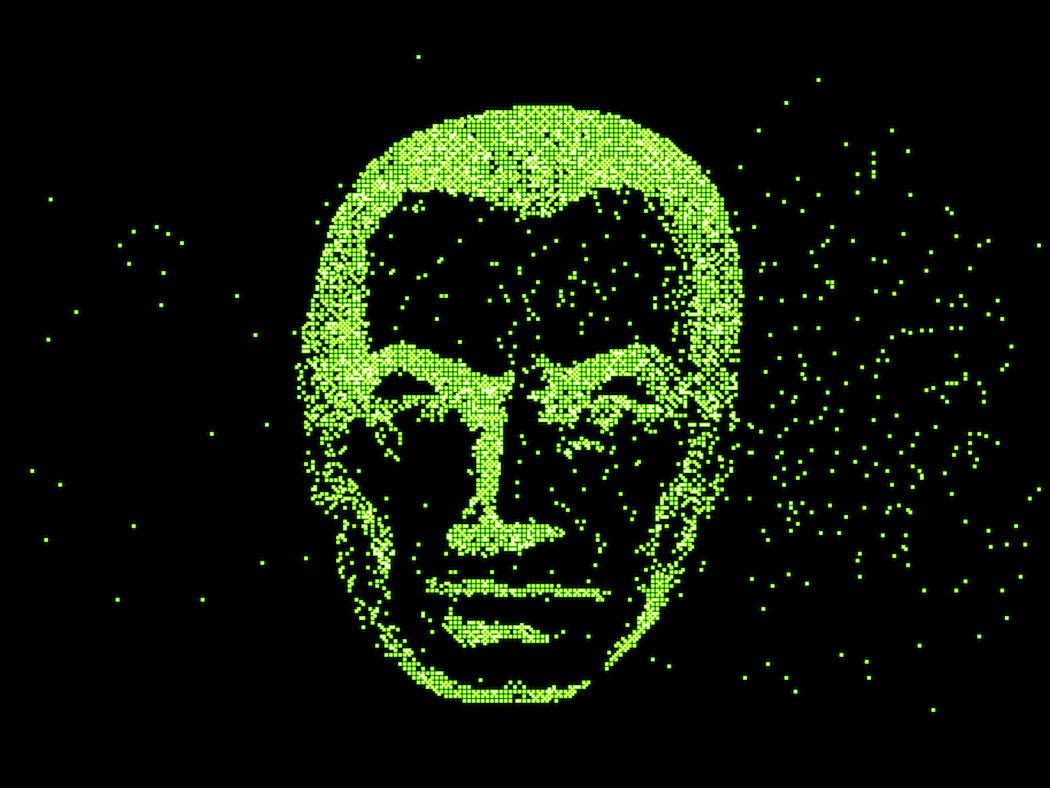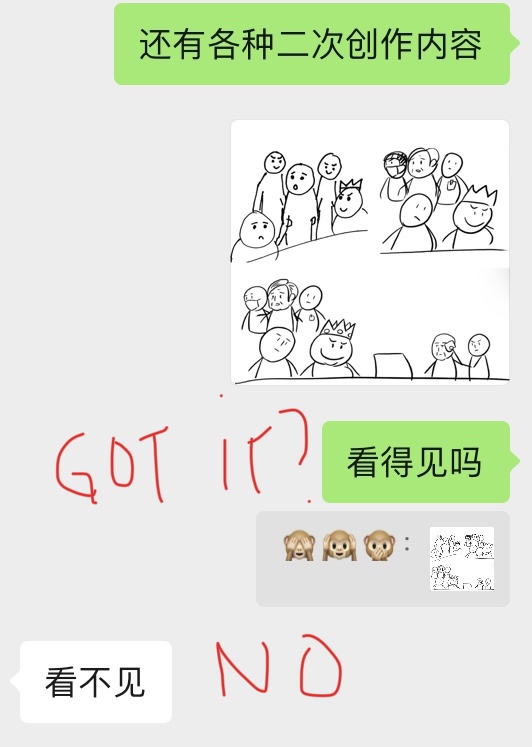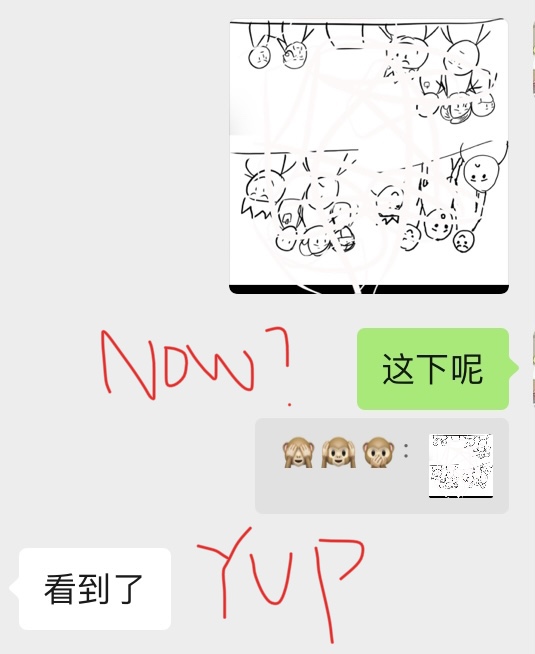
According to a study published by Citizen Lab, a research group at the University of Toronto, Canada, WeChat – the largest social platform in China with more than 1 billion active users per month (China has a population 1.4 billion) – has built a huge database of images and videos sent by users, and has equipped it with a team of the world’s top artificial intelligence technology group. As soon as you send “sensitive” images and videos, the system automatically identifies, blacklists, and deletes them. The interesting thing is that the platform doesn’t alert you to this: on your phone you can see that you’ve successfully sent the content, but the other person received nothing.
Chinese law requires social media companies operating in China to take responsibility for the impact of content posted on their platforms; providers of social media services are subject to severe penalties if they fail to censor content in accordance with the government’s wishes and thus affect the image of the Communist Party. In general, in addition to content involving top CCP officials and the Party’s history, topics that the government does not want citizens to discuss online (even if they are not closely tied to Chinese politics) are censored to varying degrees. In other words, censors make more arbitrary decisions about whether to restrict the distribution of certain images and videos.
Since text censorship technology was quite sophisticated years ago, Chinese netizens could not circumvent censorship very well with abbreviations, harmonic characters, or even Morse code anymore; therefore many tried to dodge “Big Brother” surveillance by sending images or videos. But over the years my friends and I have discovered that WeChat is now smart enough to accurately identify not only portraits of relevant CCP leaders in images as well as captions, but even to recognize some abstracted derivatives of political memes.
Just yesterday a friend of mine who is in China and does not have permanent and stable access to content banned by the Chinese government asked me about the details of former CCP leader Hu Jintao being humiliatingly removed from the closing ceremony of the 20th CCP Congress by Xi ‘s guards – many saw it as an hideous coup d’etat.
I sent her this image and asked her, “Got it?” I now check with another interlocutor to make sure the other side can receive it every time I send such things. But she didn’t see anything.

After I made a few changes to the image, she finally got it.

In addition, images from articles removed from WeChat’s public platform (a Medium-like module embedded in the app) were included in the blacklist, even if the images or videos themselves were not “sensitive” at all – some were photographs from official media. Based on my understanding, operators have no choice but to populate their database with as much variety of content as possible in order to minimize risks posed by unpredictable governments and harsh penalties.


Recent Comments